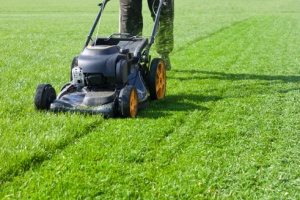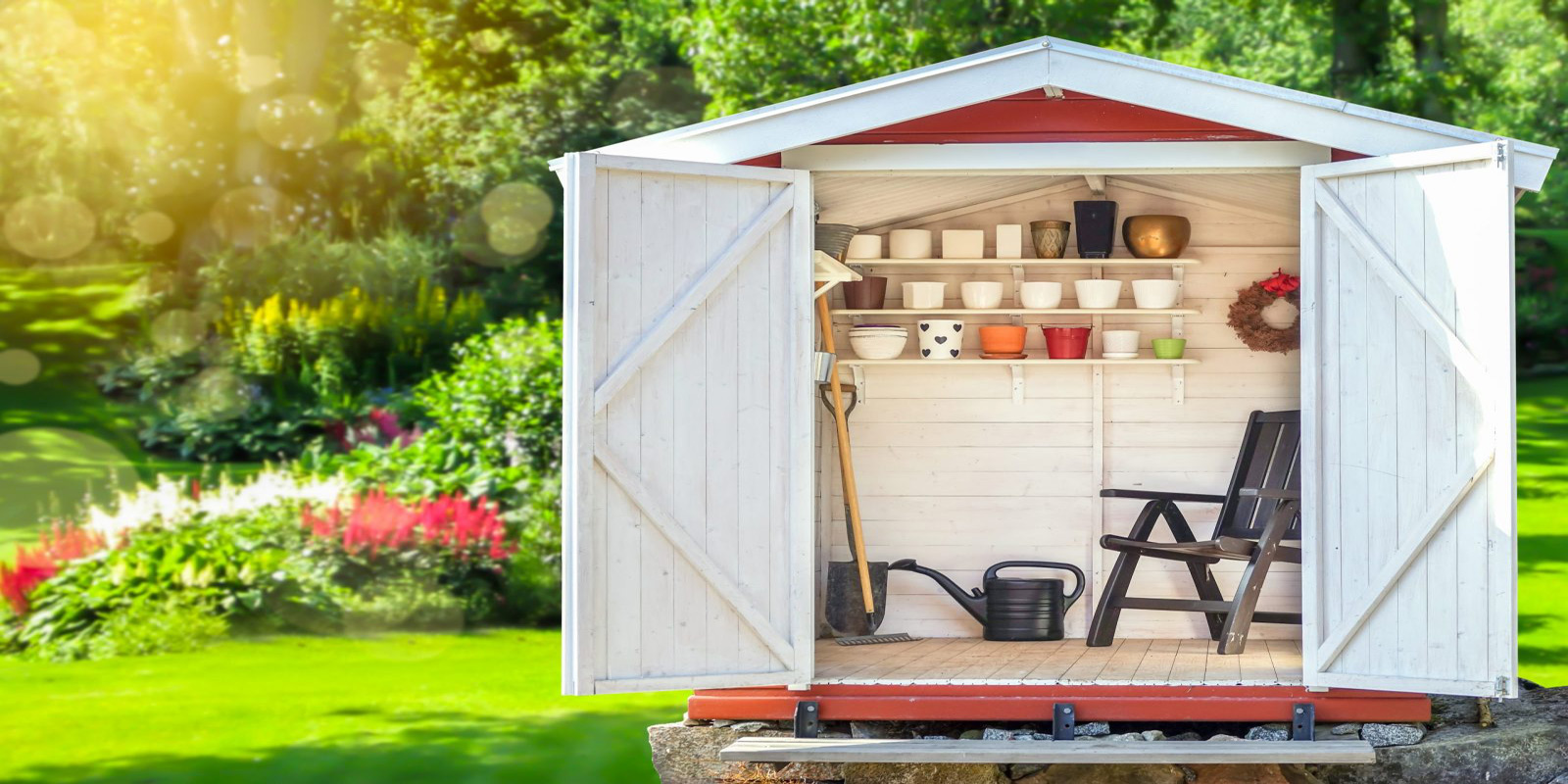Most people do not pay much attention to their lawns during the winter. For most of the country, summer is lawn-mowing season, and the cooler weather signals that it is time to put the mower away for a few months and take a well-deserved break from lawn maintenance.
That is a little premature, however. There are things you can and should be doing in the winter to be sure that your lawn is as healthy as possible for the following year.
Fertilize in the Winter
 Your grass is not dead during the winter, it is dormant. If it died each winter you would need to plant new grass every spring. Since the grass is dormant and alive, it will still benefit from fertilization.
Your grass is not dead during the winter, it is dormant. If it died each winter you would need to plant new grass every spring. Since the grass is dormant and alive, it will still benefit from fertilization.
The hot summer months typically deplete the nutrients in your soil, and fertilizing the lawn before the first freeze hits will replenish those nutrients and give your grass plenty to feed on when it begins growing again in the spring. Adding nutrients back to the soil will keep the root system strong and healthy while the leaves above ground lie dormant.
Winter fertilizing gives your lawn a head start when the weather warms up, and you will have a lush, green lawn before any of your neighbors.
Spread Cool Weather Grass Seed
Your grass will not all die in the winter, but it is likely that some of it will. Purchasing cool weather grass seeds and spreading them in your lawn before the first freeze of winter can provide new growth to replace any grass you lose to the cold weather.
Mow Properly
As summer draws to a close, lower the cutting base of your mower gradually each time you mow.
Leaving your grass too tall during the winter can expose it to too much damage from the cold weather, and creates an inviting habitat for burrowing animals like mice, which can damage the root system. Cutting it too short too fast can be just as damaging. What you want to do is to gradually cut the grass shorter each time you mow.
This shorter grass deters mice from nesting in your lawn and protects the new growth grass all winter by keeping it closer to the ground and better protected from the elements.
Clean Your Lawn
 Don’t leave things lying out in your lawn. The weight of an object sitting in one spot all winter long will create a dead spot in your grass. This includes toys, logs, and lawn furniture. Keep the lawn clear of anything like that all winter long and you’ll be rewarded with even, green coverage in the spring.
Don’t leave things lying out in your lawn. The weight of an object sitting in one spot all winter long will create a dead spot in your grass. This includes toys, logs, and lawn furniture. Keep the lawn clear of anything like that all winter long and you’ll be rewarded with even, green coverage in the spring.
Keep People off the Grass
If people spend all winter walking across your lawn they’ll wear a path into it. It will long like a long, thin dead spot right through your grass.
The best way to ensure this does not happen is to keep your driveway and sidewalk free of ice and snow so that nobody is encouraged to cut across the lawn to get to your door. If the sidewalk is clear, people will stay on the concrete, keeping your grass healthy.
Fall Preparation
Before the first freeze of winter, get your lawn ready. Mow one last time to keep the grass at a healthy height.
Aerate the soil and fertilize it too to give your grass a head start on growth for the next year.
Be sure to rake away any leaves that have fallen in the yard. Leaving them there all winter can create mossy or moldy patches in the spring from the added moisture. Some people are tempted to leave the leaves there, thinking that they will decay and add nutrients to the soil, but in colder climates they will freeze before they decay. if the leaves are not especially wet, you can use your mower to mulch them into dime sized pieces. These will be small enough to decay quickly and release their nutrients back into the soil.
Raking will also break up soil clumps and help to aerate the soil, so even if you do not have any leaves in your lawn raking is a good way to keep your lawn healthy through the winter.
Watch the Weeds
If you have been taking good care of your lawn, you will not see much weed growth during the summer. The grass prevents weeds from growing by shading the soil and keeping the weeds from getting enough sunlight.
 In the fall and winter, weeds will have a chance to grow. Any day when the temperature is fifty degrees or warmer, weeds can grow. If you do not pay attention to the weeds in your lawn during the winter, they can quickly become a year round problem.
In the fall and winter, weeds will have a chance to grow. Any day when the temperature is fifty degrees or warmer, weeds can grow. If you do not pay attention to the weeds in your lawn during the winter, they can quickly become a year round problem.
As soon as you see weeds popping up in your lawn, get rid of them. It should be easy to spot the green weeds in a lawn full of dormant, beige grass.
This is another reason to keep your grass short for the winter. Even with beige grass and green weeds, it can be hard to spot the weeds if the grass is too long.
Keep your grass short and kill any weeds as soon as you spot them. This way you keep them under control until the grass is growing again.
Be Careful with Salt
You may find it necessary to apply salt to your sidewalks and driveway at times during the winter. Be very careful when you do. Do not let the salt get on your lawn, and be careful not to shovel snow from a salted driveway or sidewalk onto your grass.
That salt can undo a lot of the work you have done to keep your lawn healthy throughout the winter. One way to minimize the problem is to use calcium chloride based salts instead of sodium chloride salts. It may not be possible to completely avoid getting the salt on your grass, and calcium chloride is far less damaging than sodium chloride.
Still have questions?
Feel free to contact the Maryland Fill Dirt contractor at Dirt Connections with any questions you may have.













































